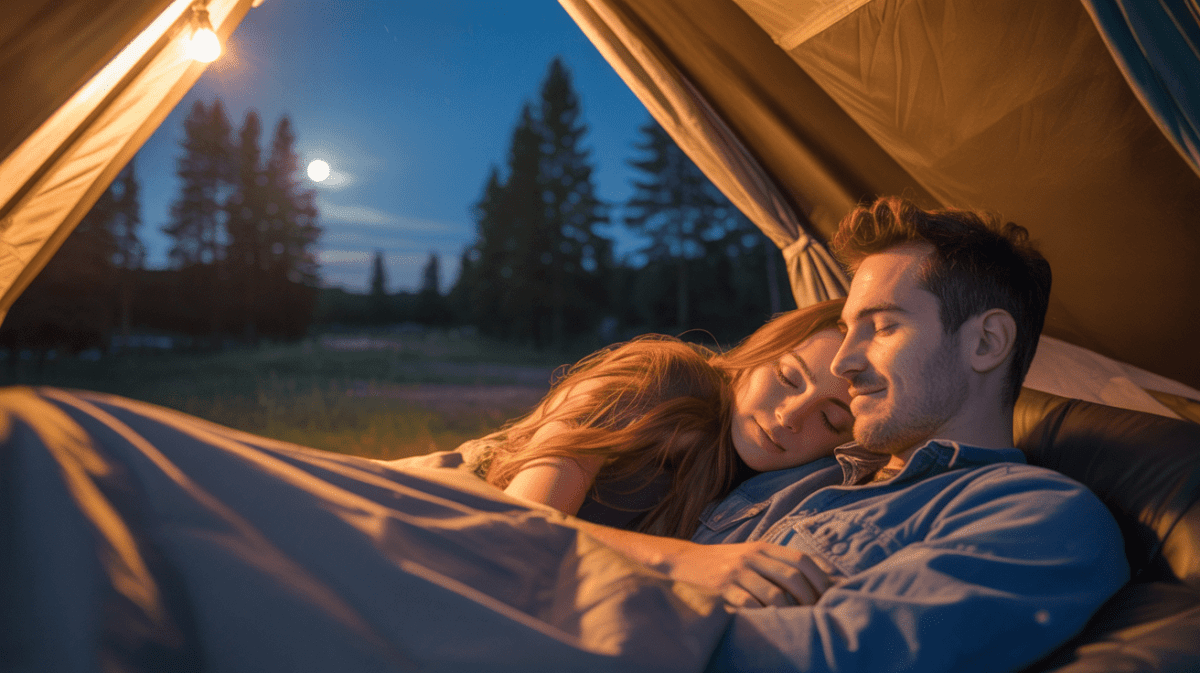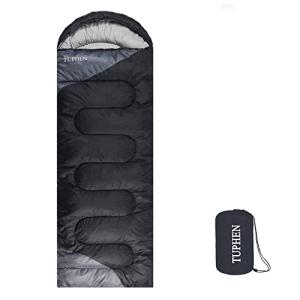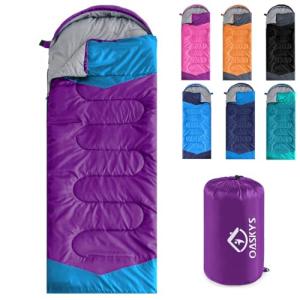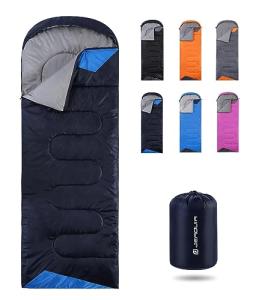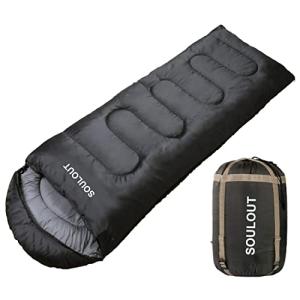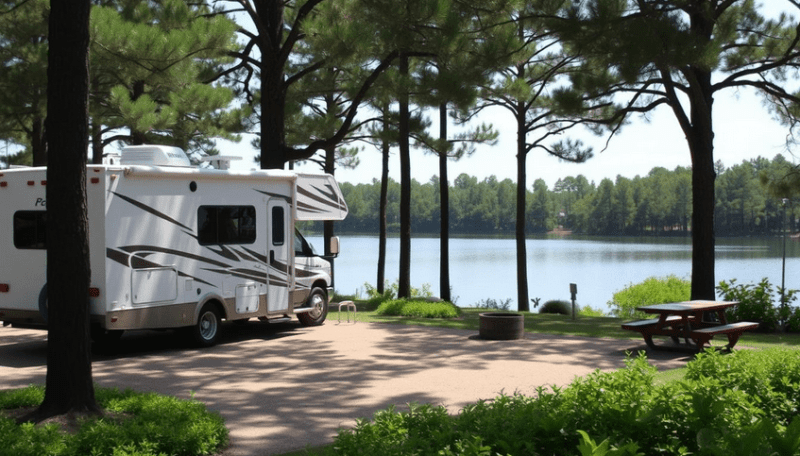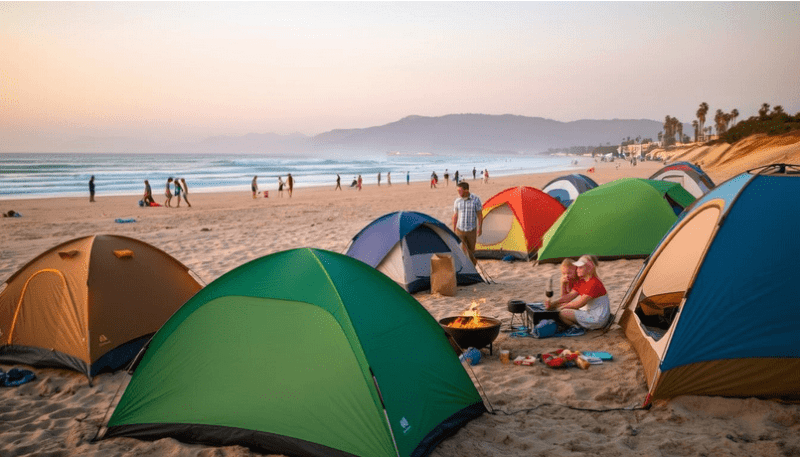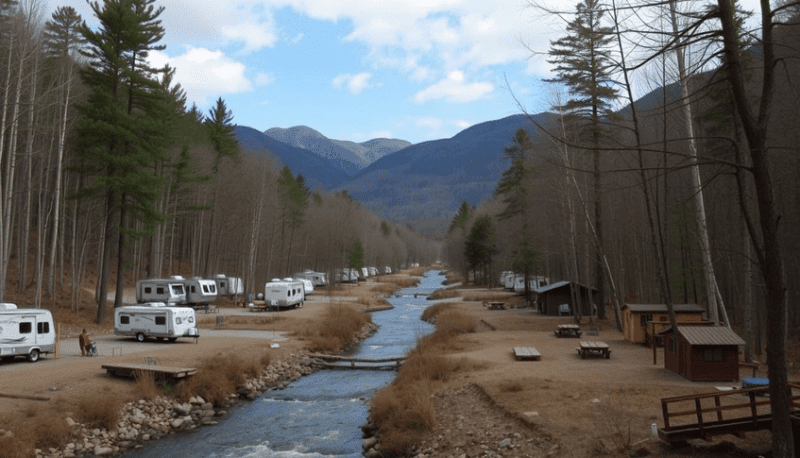Sleeping in a tent can offer unique benefits for both mind and body. Many people find that connecting with nature helps to improve their mood and reduce stress.
Research suggests that spending time outdoors, especially while camping, can enhance sleep quality and reset sleep patterns. This experience may lead to better overall health and well-being.

For those struggling with sleep issues, a night in a tent could be a natural solution. Without the distractions of modern life, like screens and noise, individuals often find it easier to relax and enjoy restorative sleep.
Sleeping in different environments also allows the body to adapt to natural rhythms, which can positively impact energy levels and alertness.
As camping becomes more popular, understanding how to maximize comfort and safety while sleeping in a tent is crucial. This guide will explore essential tips and considerations, helping to ensure that all campers can enjoy the great outdoors without sacrificing a good night's rest.
Key Takeaways
- Camping can improve sleep quality and reset sleep patterns.
- Being outdoors may reduce stress and enhance mood.
- Comfort and safety are key for a good night's sleep in a tent.
Benefits of Sleeping in a Tent

Sleeping in a tent allows individuals to connect with nature and enjoy several health benefits. It can lead to better sleep quality, enhance mental well-being, and reduce stress. Each of these factors contributes to a more fulfilling outdoor experience.
Connection with Nature and Fresh Air
Sleepers in a tent experience a direct connection with nature. The exposure to fresh air can improve mood and promote relaxation.
Being outdoors enables individuals to hear nature sounds, like birds chirping and leaves rustling, which creates a calming environment.
This connection can help restore a sense of peace, making it easier to unwind. Natural light also plays a role by supporting the body’s circadian rhythm. The body's natural rhythms help regulate wake and sleep cycles, thus improving overall sleep quality.
Improvement of Sleep Quality
Sleeping in a tent can improve sleep quality significantly. The cool temperatures and fresh air aid in falling asleep faster.
Exposure to natural light during the day reinforces a healthy sleep-wake cycle.
Studies suggest that the calm found in nature can lead to deeper sleep. A quieter environment with fewer disturbances, such as city noise, supports better rest. With a reduced distraction from electronic devices, campers can often find themselves sleeping longer and more soundly.
Stress Reduction and Mental Health
Camping can significantly reduce stress and boost mental health. Being surrounded by greenery and natural beauty can trigger feelings of happiness.
The outdoor environment helps lower cortisol levels, a hormone linked to stress.
Additionally, the act of camping encourages individuals to unplug and take a break from daily routines. This break can provide clarity and improve brain function.
The combination of fresh air, physical activity, and time spent outdoors creates a more relaxed state of mind, making it easier to cope with everyday challenges.
Practical Guide to a Comfortable Tent Sleep
To sleep comfortably in a tent, it is essential to select the right equipment and manage factors like temperature, noise, and light. The following sections provide detailed guidance on optimizing the camping experience for better rest.
Choosing the Right Equipment
Selecting the right gear can significantly impact comfort while sleeping in a tent.
A comfortable sleeping pad is essential. Options include inflatable pads, foam pads, and air mattresses.
Inflatable pads typically offer the best comfort, but foam pads have higher durability and insulation.
When choosing a sleeping bag, look for one rated at least 10–20 degrees lower than the expected nighttime temperature. This helps prevent overheating or becoming too cold.
A camping pillow is also important for neck support. Options include inflatable pillows, compressible camping pillows, or even rolled-up clothing as a makeshift pillow.
Insulation and Temperature Management
Insulation plays a key role in maintaining warmth inside a tent. A sleeping pad with a good R-value provides insulation from the cold ground.
The R-value measures a pad's ability to resist heat flow; higher values indicate better insulation.
To manage temperature effectively, use a sleeping bag suitable for the season and pack extra layers.
If temperatures drop, a sleeping bag liner can add warmth without taking up much space. For warmer nights, a lighter blanket or sleeping bag can help keep cool.
Noise and Light Reduction Strategies
Minimizing noise and light can contribute significantly to a restful night.
Earplugs are helpful for blocking out unwanted sounds from the environment. They can improve sleep quality, especially in busy camping areas.
To reduce light, an eye mask can help create a dark environment, which is important for signaling to the body that it's time to sleep.
A quality headlamp can also be useful for nighttime activities. Choose one with a dimming feature to avoid excessive brightness.
Selecting the Optimal Campsite

Choosing the right campsite is essential to ensure comfort and safety during a camping trip. Proper site selection can lead to better sleep and a more enjoyable outdoor experience.
Factors That Affect Tent Site Selection
When selecting a tent site, several factors come into play.
The ground should be flat and level to provide a stable base for the tent. It is best to avoid rocky areas, which can be uncomfortable.
Consider proximity to water sources. A site near water can be convenient but ensure it is not prone to flooding.
Look for natural windbreaks like trees or bushes to provide shelter from strong winds.
Another important factor is sunlight. Some campers prefer a sunny spot to warm up in the morning, while others may seek shade to stay cool.
Checking the forecast for rain can also guide the choice, favoring areas with natural drainage.
Lastly, keep wildlife in mind. Ensure proper food storage, possibly using a bear canister if in bear country. This reduces the chances of attracting animals to the campsite.
Safety and Accessibility
Safety is critical when selecting a campsite.
Avoid setting up near potential hazards, such as cliffs or dead trees that might fall. A safe distance from rivers or lakes is vital to prevent flooding during heavy rain.
Accessibility is equally important. The campsite should be reachable from the nearest road or trail. This makes it easier for campers to transport gear and evacuate if necessary.
Light pollution can interfere with stargazing, so locate the tent site away from city lights. Noise levels should also be considered. Camping in a quiet area enhances relaxation and sleep quality.
Using campgrounds can provide additional safety features, like designated fire pits and sanitation facilities. Prioritizing safety and accessibility can lead to a more enjoyable and worry-free camping experience.
Extended Camping Considerations

When planning for extended camping trips, it is essential to consider various factors like comfort level and climate.
The choice between glamping and traditional camping, along with proper preparation for weather conditions, can significantly affect the overall experience.
Glamping Versus Traditional Tent Camping
Glamping, short for glamorous camping, offers a more comfortable camping experience. It typically includes amenities like beds, electricity, and sometimes even bathrooms. This option suits those who want to enjoy nature without sacrificing comfort.
Traditional camping involves simpler setups, often using sleeping bags and camping air mattresses.
Campers might use a tent or even a camping cot for extra comfort. While traditional camping may involve more challenges, it provides an authentic outdoor experience.
Deciding between the two depends on personal preferences, budget, and desired comfort level. Glamping might cost more, while traditional methods require more gear and preparation.
Preparing for Different Climates
Weather can make or break a camping trip. It is crucial for campers to know the temperature and conditions they may face during their stay.
For cold climates, sleeping bags rated for low temperatures are vital. Using a camping cot can keep the sleeper off the cold ground, adding comfort.
In contrast, hot weather may require good ventilation in tents. Shade is vital, and lightweight materials help keep the tent cool.
Staying warm in cold environments or cool in hot weather can ensure a better night's sleep.
Staying Hydrated and Maintaining a Diet

Staying hydrated while camping is crucial for health and sleep. Dehydration can lead to fatigue and irritability.
A good rule is to drink at least two liters of water each day.
Carrying a water bottle makes hydration easier. It allows for quick access to water, encouraging regular sipping throughout the day.
While in a tent, it is important to eat well. A balanced diet helps maintain energy levels.
Here’s a simple list of foods to consider:
- Fruits: Apples, oranges, and berries
- Vegetables: Carrots, cucumbers, and bell peppers
- Proteins: Nuts, jerky, and canned beans
- Carbs: Whole grain bread, oats, and rice
These foods are nutritious, easy to pack, and help keep energy steadier.
It's also smart to plan meals ahead. This prevents last-minute junk food choices.
Eating lighter meals in the evening can help promote better sleep. Heavy meals can disrupt rest, especially in a sleeping bag.
Pay attention to both fluids and food intake. When campers listen to their bodies, they can enjoy their outdoor experiences more.
Proper hydration and a balanced diet contribute to a successful camping trip.
Establishing a Routine in Nature
Creating a consistent routine while camping can enhance the experience of sleeping in a tent. This helps in syncing one’s body with nature, which can be beneficial for sleep and mood.
Adapting Bedtime Routines for Camping
Creating a consistent routine while camping can enhance the experience of sleeping in a tent. This helps in syncing one’s body with nature, which can be beneficial for sleep and mood.
When camping, it is important to adjust bedtime routines to align with natural rhythms. The body’s circadian rhythm responds to changes in light.
As sunset approaches, dimming lights will encourage the release of melatonin, the hormone that promotes sleep.
Setting a bedtime each night can create a rhythm. Implementing calming activities, like reading or journaling, helps signal the body that it’s time to wind down.
Ensuring the camping environment is quiet and dark can support this routine further.
You should also limit screen time before bed, as the blue light emitted by devices can disrupt sleep cycles.
Maximizing the Benefits of the Outdoors
Taking advantage of natural light during the day is essential. Exposure to sunlight helps regulate sleep patterns by promoting the production of vitamin D.
Engaging in outdoor activities, such as hiking or swimming, also increases the quality of sleep.
Fresh air contributes positively to mood and relaxation. Spending time outside, particularly in the morning, prepares the body for rest at night.
Staying active while camping will likely improve overall sleep quality. Incorporating these strategies can lead to a more refreshing and beneficial sleep experience in nature.
DISCLAIMER
This document is provided for general information purposes only and should not be relied upon as providing legal advice, technical, or specific operational guidance to the reader, whether as to the practices described in the document or the applicable legal requirements and regulations. bestcampingdeals.com expressly disclaims any responsibility for liability arising from or related to the use or misuse of any information in this document.
